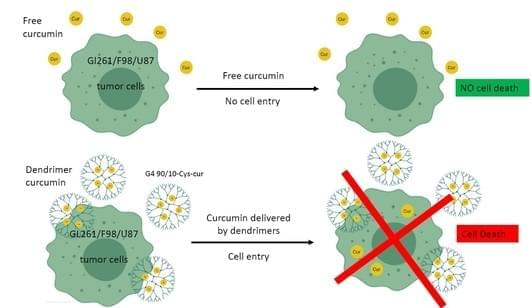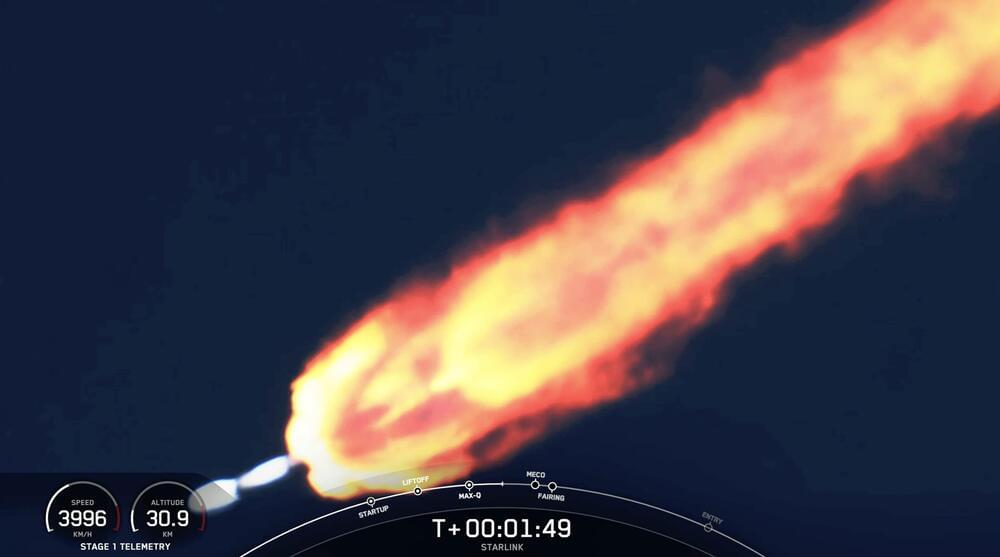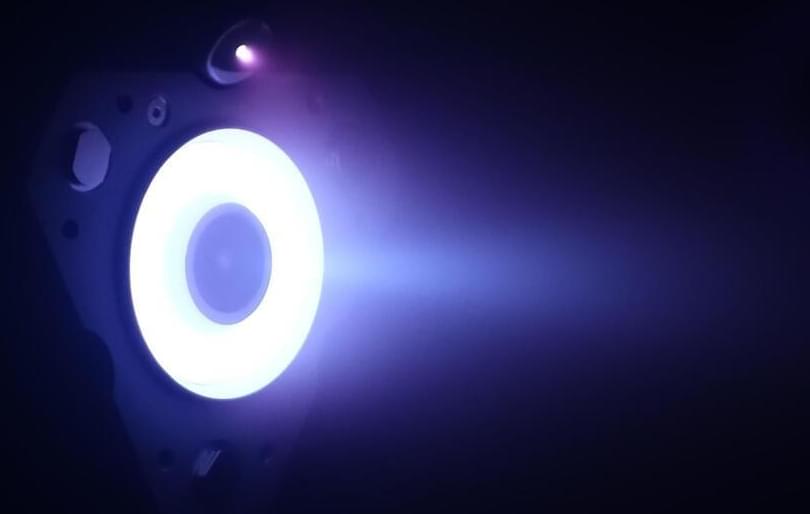For centuries, scientists have been involved in studies and research to detect signals of extraterrestrial life or aliens on other planets, resulting in the detection of strange noises and sightings, but have you ever wondered about the possibility of the situation being reversed?
Researchers believe that for extraterrestrials to detect radio signal leaks from Earth, they would need to be technologically more advanced than humans, according to a new study reported by The Independent.
The experts predicted what extraterrestrial life would see on Earth from as close as six light years away by simulating the radio signal leakage from cell towers.







